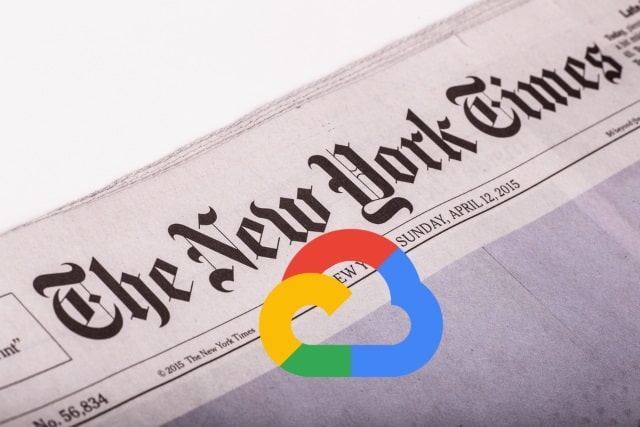The New York Times turns to Google Cloud to digitize its photo archive

The New York Times is to digitize more than a century's worth of photographs, and it is going to use Google Cloud to do so.
The NYT has a massive collection of photos dating back decades, and the plan is to digitize millions of images -- some dating back to the late nineteenth century -- to ensure they can be accessed by generations to come. The digitization process will also prove useful for journalists who will be able to delve into the archives far more easily in future.
Until now, historic news articles and photos have been stored on microfilm and in other physical forms. This is not only difficult to catalog and navigate, but also prone to deterioration over time and through use.
Google is obviously happy to be involved with the digitization process, with CTO of Google Cloud, Brian Stevens, saying:
Google Cloud technologies like Cloud Storage, Cloud Pub/Sub, and Cloud Vision API are helping to preserve this priceless history and give journalists a new way to search, access, and analyze millions of historic photos and give them new life. Cloud technology is allowing The Times to protect one of their most unique assets migrating from steel filing cabinets to a cloud-based platform where journalists can bring visual storytelling to a whole new level.
Monica Drake, assistant managing editor of the New York Times explains the importance of the project: "We've always known that we were sitting on a trove of historical photos and now, cloud technology allows us to not only preserve this archival source, but easily search and pull photos to provide even more historical context. Ultimately, this digitalization will equip Times journalists with useful tools to make it easier to tell even more visual stories".
Image credit: littlenySTOCK / Shutterstock
